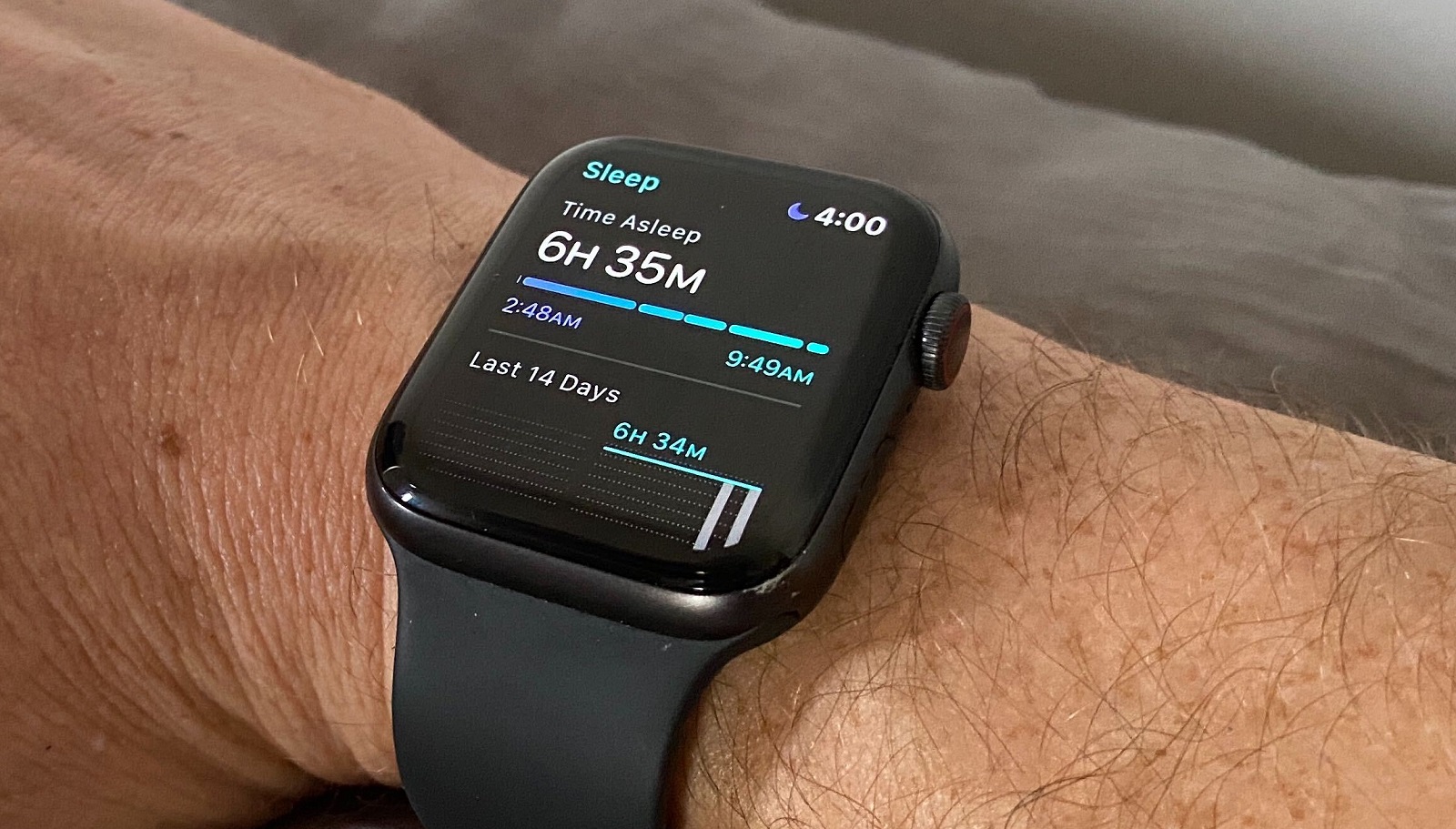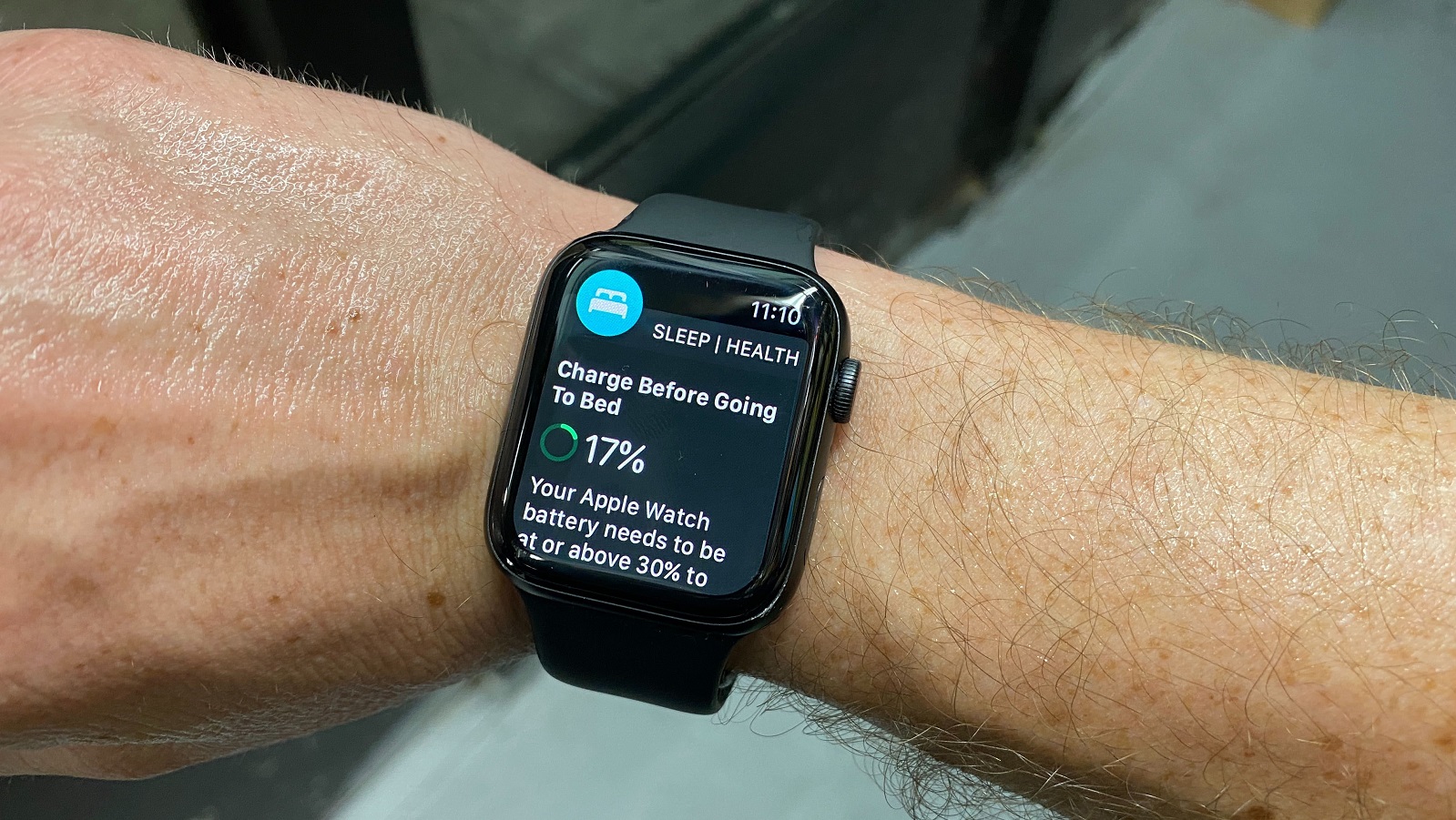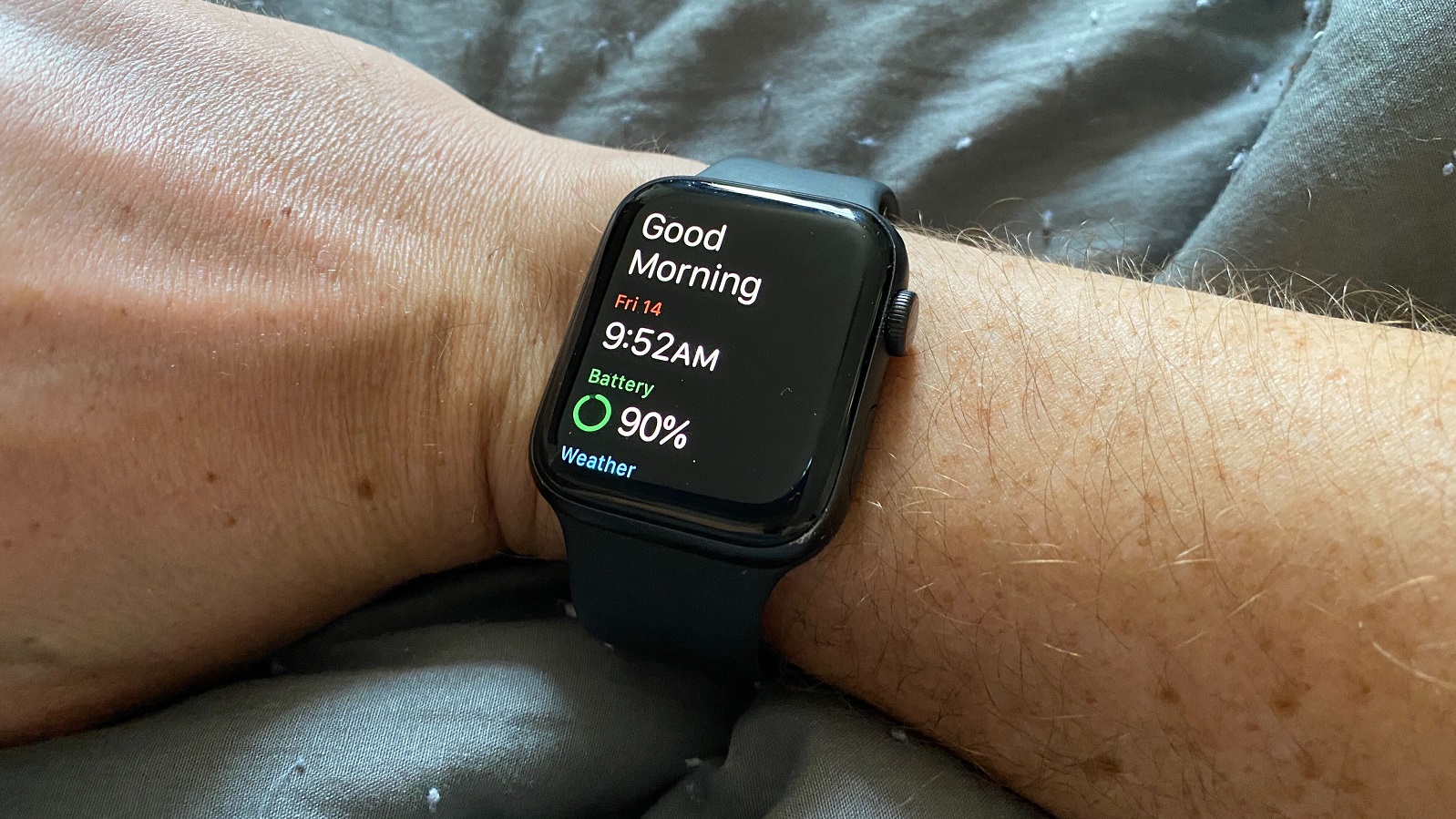watchOS 7’s sleep tracking is fine, but the real sleep revolution is in iOS 14
The watchOS 7 public beta is finally live, giving Apple Watch owners an early look at the software update coming later this year. Chief among the new perks is the new Sleep app, which will purportedly bring long-awaited Apple-branded sleep tracking to the smartwatch. And yet, after a few days of testing, I’m not too impressed – instead, I’m more excited about the sleeptime advancements coming in iOS 14.
Let’s get the usual caveat out of the way: this is beta software, so we could be using an imperfect or incomplete version of what will eventually be released in watchOS 7 proper (which we’re expecting in September alongside the release of the Apple Watch 6).
But the Sleep app we’ve used tracks the most basic data – just hours slept and weekly totals – that could’ve been done by, well, any of the existing sleep tracking apps. Where’s all the advanced data we expected from an Apple-quality sleep app?
In fact, the watchOS Sleep app feels more like an extension of iOS 14’s enhanced Bedtime feature (heck, it even has the same app icon). Which isn’t to say it’s useless – just that I had different expectations, and you might, too. So here’s what watchOS 7’s sleep app does do.
- How to get the watchOS 7 beta on your Apple Watch
- How to also get iOS 14 beta on your iPhone (which you'll need for watchOS 7)

watchOS 7 Sleep app: turning your Apple Watch into a hand alarm
Understandably, the Sleep app coordinates with the alarms you set on your iPhone, but you can tweak them yourself on your Apple Watch. Admittedly, this is handy, especially if you’re the kind of person who tucks their phone away at night lest full screens wake you up. You could do all this before when setting simple alarms, of course, but now there’s a more robust way to set up sleep schedules.
Yes, sleep schedules pretty much mimic the iOS alarm functionality (with options to customize which days it’s active) – but now you can set a ‘bedtime.’ Once past that, your watch dims into a proper sleep mode, with brightness set low and just big numbers on the screen (which you can opt to remove, if you want). It’s kind of like a low-power mode that you have to twist your Apple Watch’s crown to dismiss.
This works a lot like iOS 14’s new Bedtime function: when activated, your iPhone’s screen dims, doesn’t show notifications, and only allows access to a few apps (selected by the user beforehand). To get past that, you’ll have to hit a couple on-screen buttons. It’s clear Apple is inserting a soft barrier between your sleepy eyes and bright screens. This, we’re a fan of.

We’re also surprisingly fond of the Watch’s battery check: if you have less than 30% battery left on a night before an alarm is scheduled, you’ll get a reminder to charge your Apple Watch, ensuring your sleep is tracked and you’ll wake without a nearly-dead smartwatch (in our testing, the Apple Watch lost around 10% through the night while Sleep was activated).
One of our major worries was that sleep tracking would be hindered by the Apple Watch line’s limited battery – most last less than a day on a full charge – but this reminder helps. Best of all, your iPhone will even add a silent notification that your Apple Watch has been recharged, which reminds me to put it back on before bed.

And in the morning – after your Apple Watch vibrates you awake – the Sleep app will greet you with a ‘Good morning’ screen showing the time, your Apple Watch’s battery life, the weather, and a basic graph showing last night’s sleep patterns (duration and how many times you woke up). Simple.
That’s...about all the watchOS 7 Sleep app does, at least from what we’ve seen. Ergo, don’t expect dynamic and informative sleep-tracking. Instead, think of it as an extension of the enhanced bedtime experience coming with iOS 14 – which you should be excited for instead.
What’s cool about iOS 14 Bedtime?
If you’ve used your iPhone to set alarms on particular days, or weekends, or make half a dozen alarms set five minutes after the other to desperately wake up – good news, none of that has changed. The improved version of Bedtime just augments that with a little UX TLC.
In the Alarm section of your native Clocks app, iOS 14 has added a section titled ‘Sleep | Wake Up.’ If you’ve set up an alarm for the next day, this will show what time it’s set to go off. Click the big ‘change’ button on the right to tinker with this night’s alarm only – which is a remarkably easy way to fiddle with your wake-up time thanks to an easy-to-tweak dial that you tap-and-hold to alter. Easy!
Some time before your scheduled bedtime (an internal the user sets), your iPhone will nudge you to start preparing for bed and start limiting your lock screen in a feature called ‘Wind Down.’ It hides all notifications and gives shortcut access to a handful of pre-selected apps, essentially closing off intrusions so you can, well, Wind Down.
Once past your set bedtime, the lock screen dims to a deep slate gray and notifications remain hidden with a ‘Shortcuts’ button, which is a godsend when all you want to do is check the time and not get informed of stray emails or texts that can wait until morning. Even when you hit ‘Dismiss’ to see said notifications, the phone remains dimmed in ‘Do Not Disturb’ mode, saving your eyes from whatever bright background you normally have.
Best of all, you can switch on Bedtime whenever you want – upgrade to iOS 14 and the bed-shaped shortcut button is already added to your Control Center. Click it, and your Apple Watch switches on its Sleep app.
That kind of ease-of-use is what gets us far more excited for iOS 14 than the watchOS 7’s Sleep mode, though they’re kind of inextricable anyway. And did we say the Apple Watch doesn’t provide any sleep data? That’s not entirely true – navigate to iOS Health app, look at the revamped Sleep section, and you’ll see that the watchOS 7 Sleep app feeds in heart rate and sleep length data, which is visualized in graphs.
In other words, watchOS 7 and iOS 14 contribute to a more robust understanding of your sleep patterns, and provide the tools to help you fall asleep on a more regular schedule. That’s pretty exciting – though if the rumors are true, the blood pressure and blood oxygen tracking coming in the Apple Watch 6 could add so much more to the tech giant’s sleep-tracking capabilities.
- Keep on the cutting edge of tech news with the TechRadar newsletter
from TechRadar - All the latest technology news https://ift.tt/3kOrojc

Comments
Post a Comment